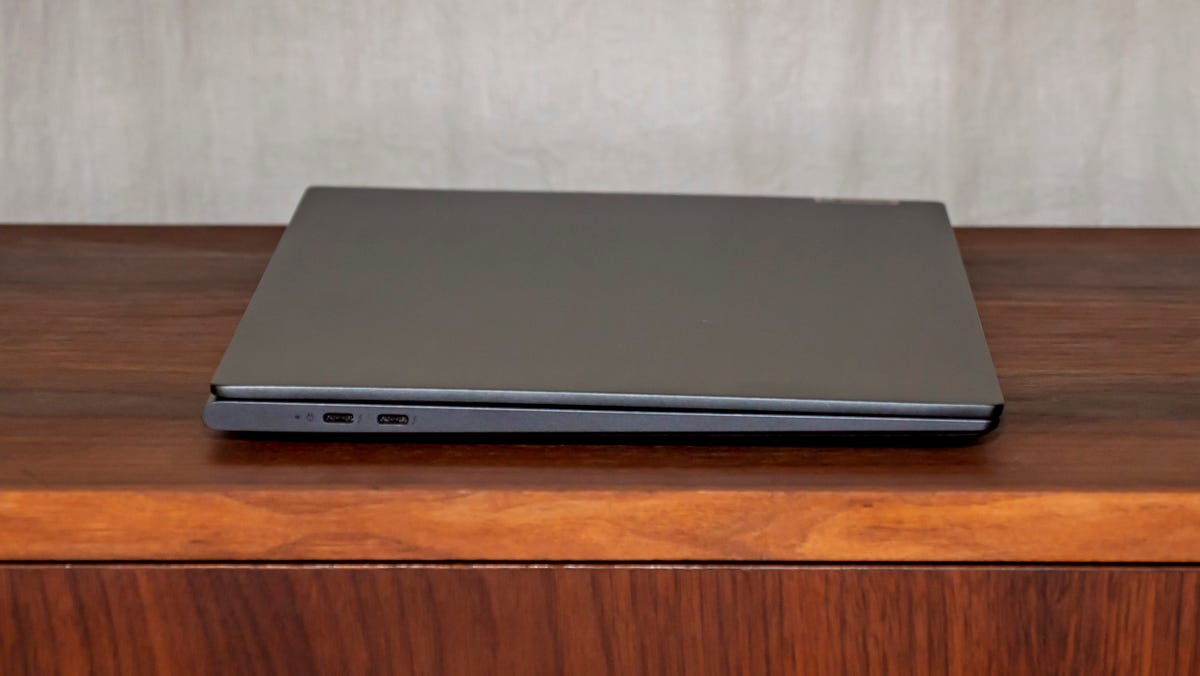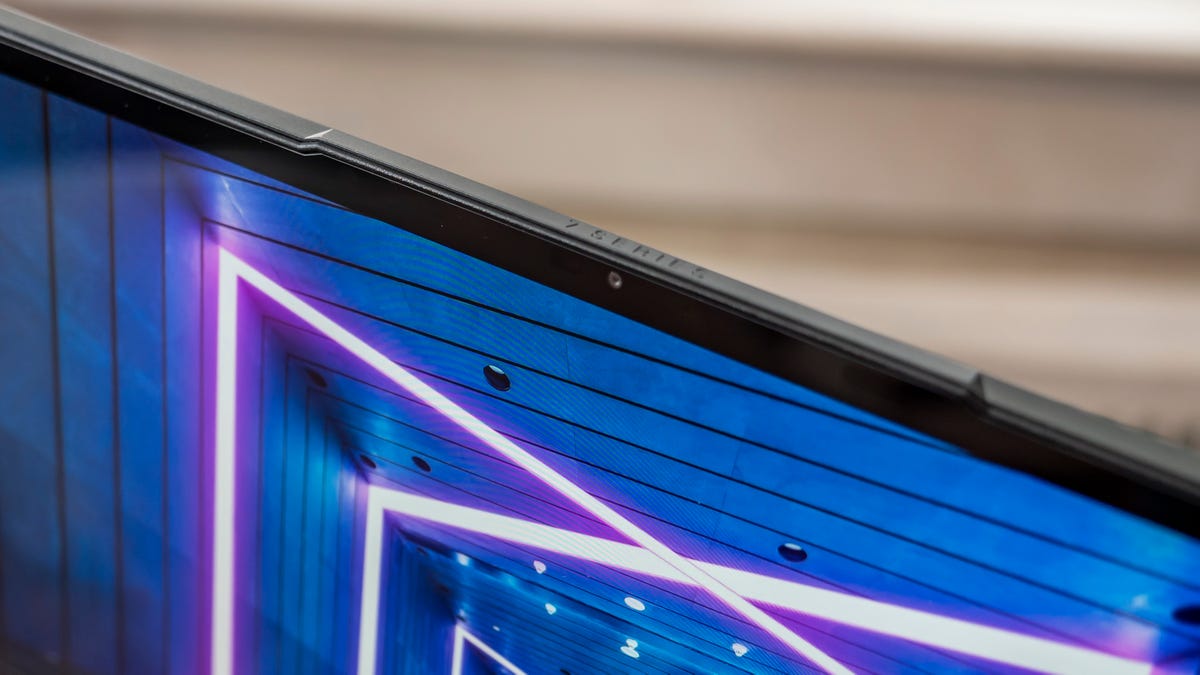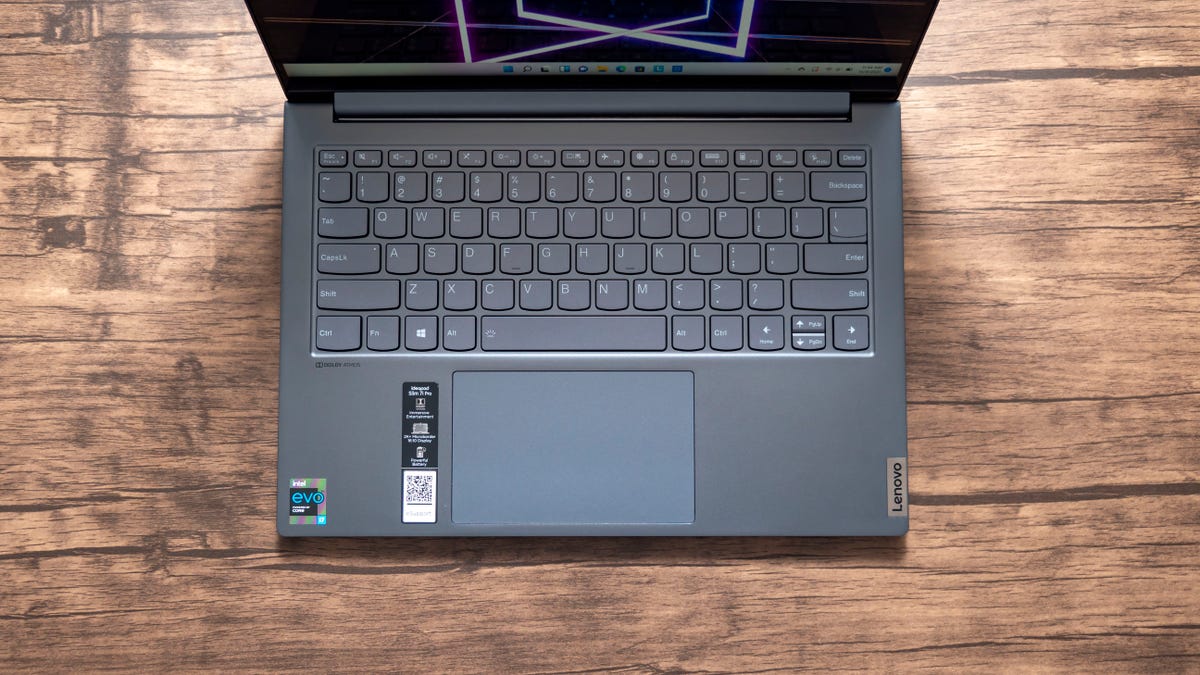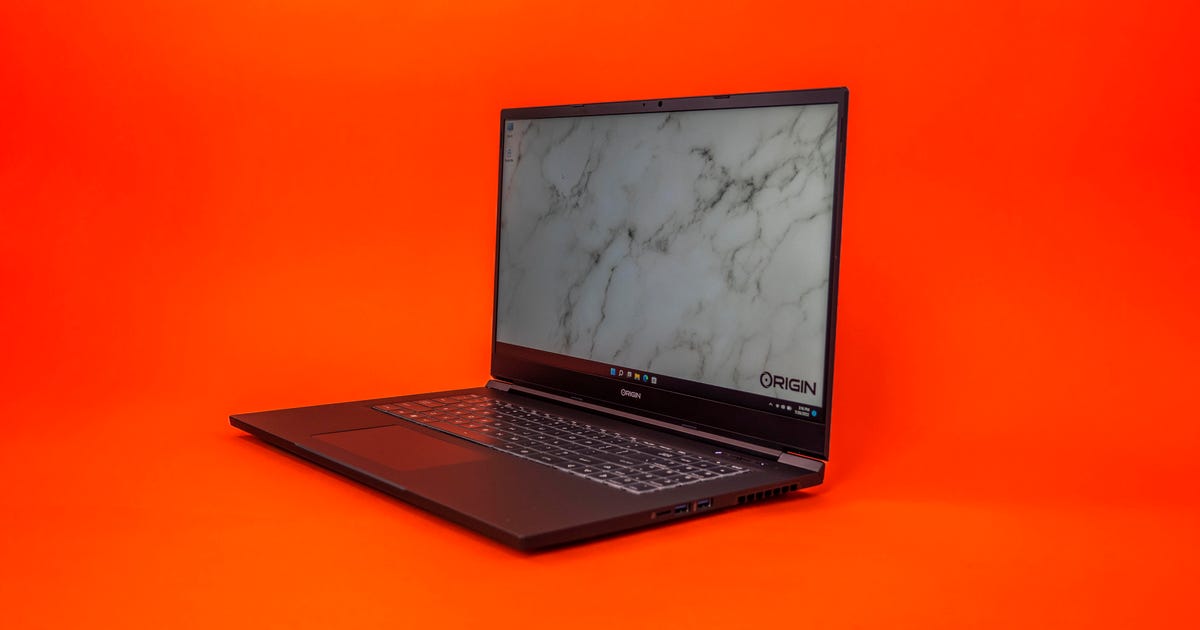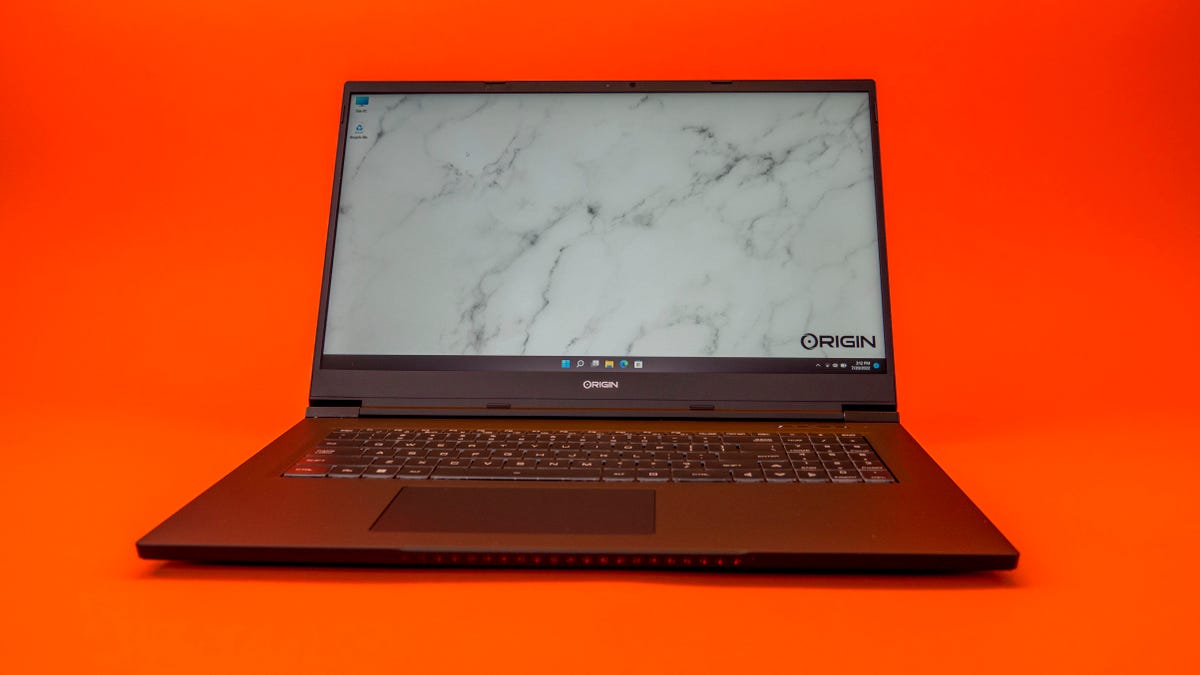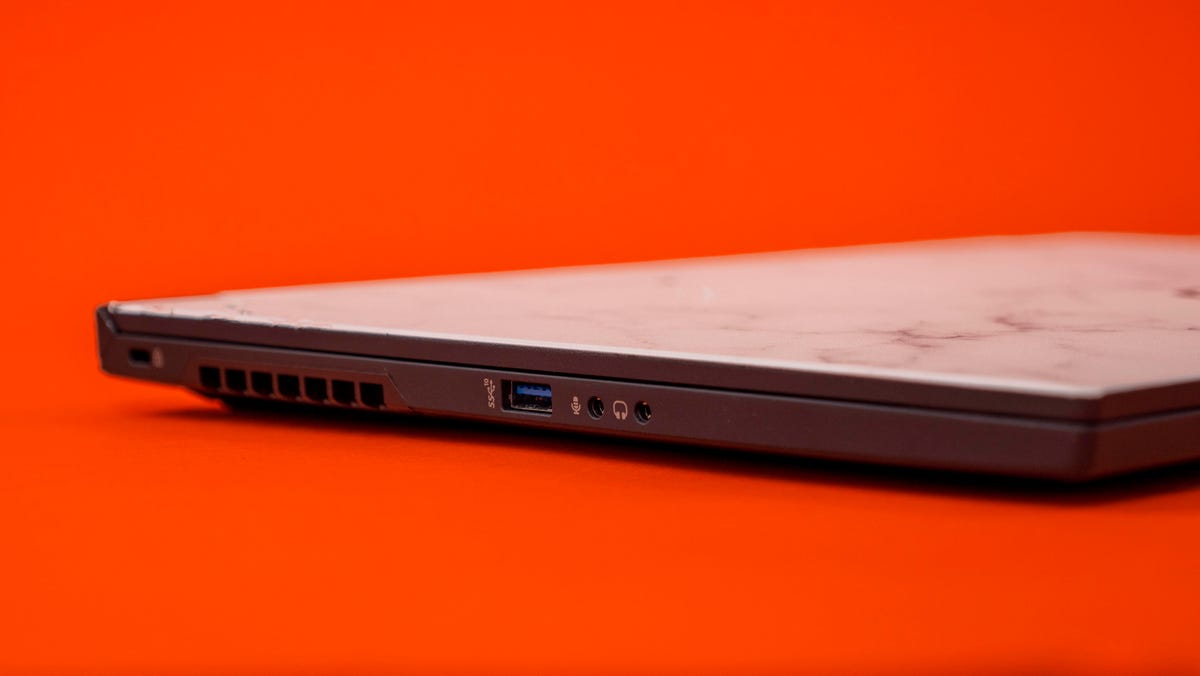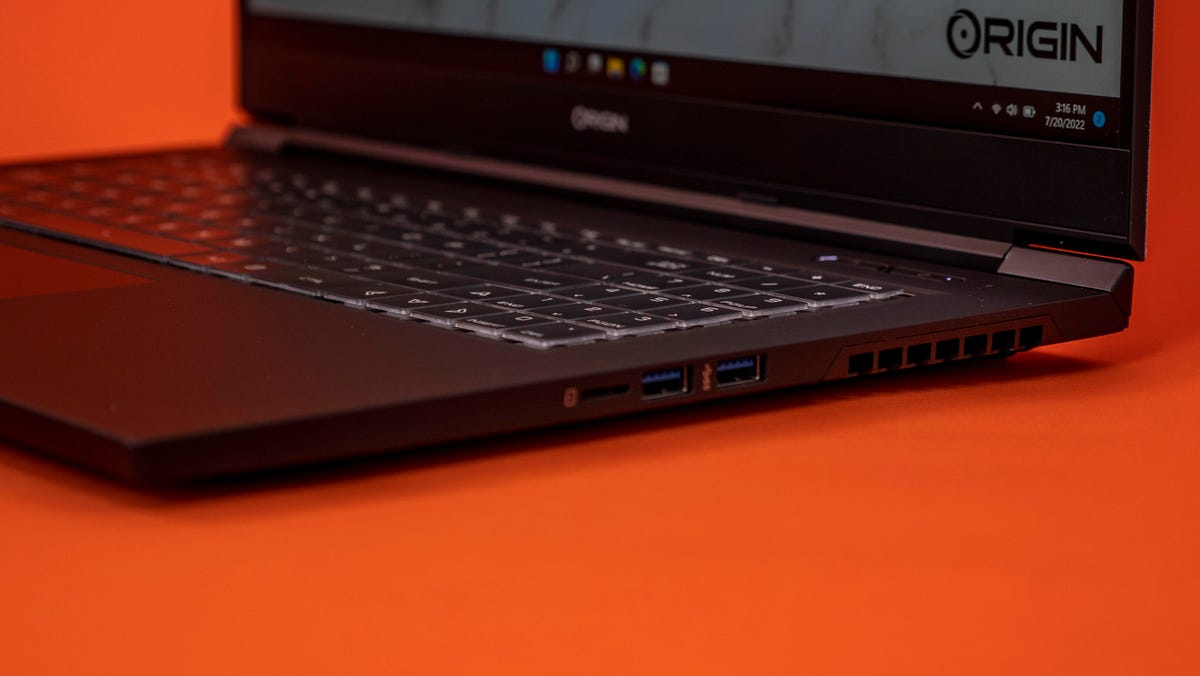
Lenovo IFA Launch Highlights Include 16-Inch X1 Fold, T1 Glasses
What's happening
Lenovo is announcing its new products for the second half of 2022 and early 2023 at the IFA show in Germany.
Why it matters
The announcements include an update to Lenovo's ThinkPad X1 Fold, a well-thought-out update to its previous generation. Folding laptops are still in early days, and Lenovo's shows a potential direction they may go.
Lenovo's announcements for IFA 2022 offer a few notable enhancements to existing product lines, highlighted by an overhauled and larger 16-inch version of its Thinkpad X1 Fold, a consumer-focused version of its T1 Glasses "wearable display," the company's first 16-inch Chromebook and an interesting take on a monitor stand with a phone perch for its refreshed ThinkVision line. Lenovo's also refreshed its P11 Android tablets.
ThinkPad X1 Fold
The company made a lot of changes to the Fold based on its experiences with the previous generation -- and don't think that unchanged product name won't get confusing. For example, the bigger screen gives the device more flexibility to operate in multiple ways -- such as a landscape or portrait-orientation laptop, book or tablet -- with webcams on two sides. Lenovo fixed the gaping hinge (which was similar to that of the Microsoft Surface Book) to remove the gap as well. It also uses a new recycled woven fabric for the back cover. That experience becomes clear when you compare it to Asus' recently launched first-gen ZenBook Fold OLED.
The Thinkpad X1 Fold will ship in November starting at $2,499.
- 2.8 pounds (1.3kg)
- 16-inch (tablet), 12-inch (clamshell), 2,560x2,024-pixel OLED display with a 4:3 aspect ratio, 600 nits brightness
- 12th-gen U series Core i5 and i7 vPro CPUs
- Up to 32GB LPDDR5
- Up to 1TB SSD
- 3x USB-C (2x Thunderbolt 4), NanoSIM slot, optional 5G
- Options: Bluetooth keyboard with TrackPoint and haptic touchpad, Wacom AES-compatible stylus

Lenovo's Glasses T1
Josh Goldman/CNETLenovo Glasses T1
The Glasses T1 are for perching a bigger display on your face or hiding the content on your screen from shoulder surfers. It's a nice idea, but a lot hangs on the implementation -- such as how easy it is to fit your prescription in it -- and price. We won't really know here, at least until 2023; it will ship first in China by the end of this year, then follow "in other select markets" next year. Pricing won't be announced until they're ready to ship. The Glasses T1 also work with iPhones.
- Micro OLED screens
- Compatibility: Windows, Android, MacOS devices with USB-C connections; iPhone with Lenovo HDMI-to-glasses adapter and Apple Lightning digital AV adapter (both extra cost)
- Swappable nose clips
- Adjustable arms
- Supports prescription lenses (via bundled snap in frame)

Lenovo IdeaPad 5i Chromebook
Josh Goldman/CNETIdeaPad 5i Chromebook
Lenovo supplements its 14-inch IdeaPad Flex 5i Chromebook with a bigger 16-inch clamshell model that offers the option of a higher-end QHD display than the smaller Flex. It's slated to ship in Europe starting in September for 549 euros; US pricing and availability will be announced later, but that price is equal to about $550.
- Display options: 16:10 aspect ratio displays, either 120Hz QHD with 350 nits brightness and 100% sRGB coverage or 60Hz FHD with 300 nits brightness and 45% NTSC coverage (which is really small)
- Up to 512GB storage
- Up to 8GB LPDDR4X RAM
- Up to Core i3-1215U CPU
- Up to 12 hour battery
- Weight starts at 4.1 pounds (1.9kg)
- MicroSD slot, 2x USB-A, 2x USB-C, 1x combo audio
- Wi-Fi 6E, Bluetooth 5
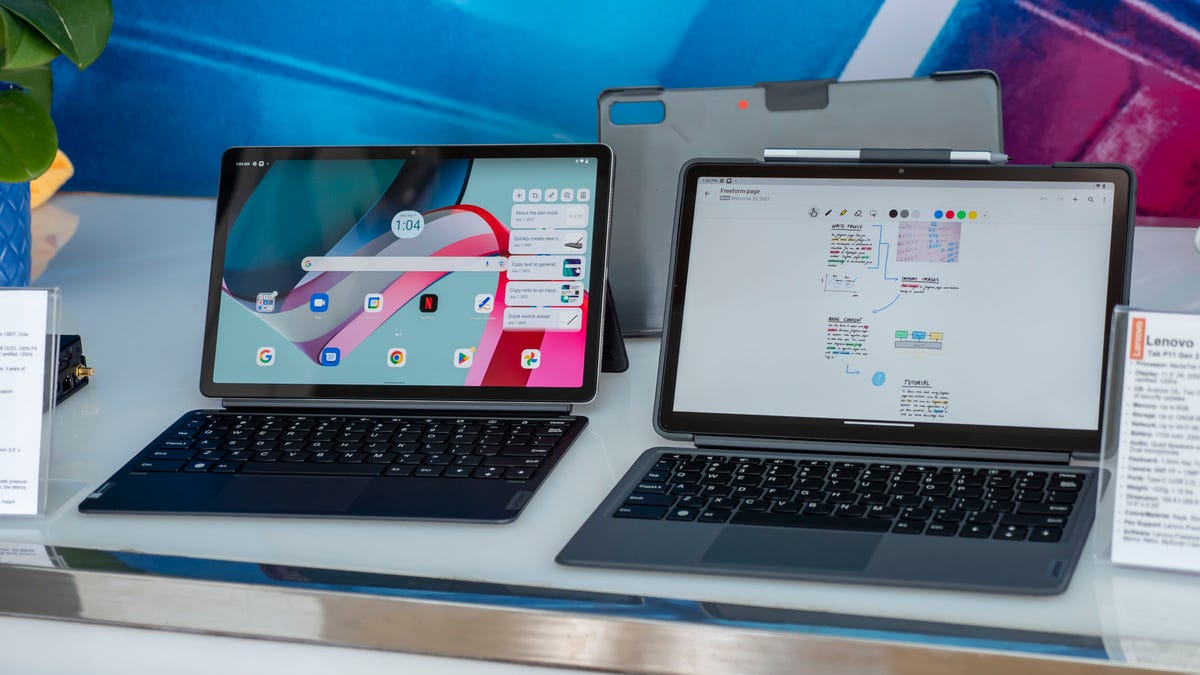
The Lenovo Tab P11 (left) and Tab P11 Pro (right), 2nd gen.
Josh Goldman/CNETLenovo Tab P11 (2nd Gen), Lenovo Tab P11 Pro (2nd Gen)
These are updated models in Lenovo's Tab P11 Android tablet line, a mainstream Tab 11 and high-end Tab P11 Pro (second-gen), with faster processors, newer versions of Android and, in the case of the Pro, a better screen. The Pro is is expected to ship in September starting at $400; the Tab P11 (second-gen) will ship beginning in January starting at $250.
Tab P11
- 11.5-inch, 2,000x1,200-pixel 120Hz LCD screen with 400 nits brightness
- 1.2 pounds (520g)
- Options: Lenovo Precision Pen 2 (in 2023), keyboard, folio case
- MediaTek Helio G99 CPU
- Android 12L
- Up to 6GB RAM plus 128GB storage
- Quad speakers, dual mics
- 7,700-mAH battery
- Either LTE with Wi-Fi 5 or Wi-Fi 6E connectivity
- USB-C, 3.5mm headphone jack
Tab P11 Pro
- Android 12
- 11.2-inch, 2,560x1,536-pixel 120Hz OLED screen with 600 nits peak brightness and 100% P3 color gamut, Dolby Vision and HDR10 Plus support
- 1.1 pounds (480g)
- Quad speakers
- MediaTek Kompanio 1300T CPU
- Up to 14 hours battery (8,000 mAh)
- Keyboard included
- options: Lenovo Precision Pen 3, folio case
- Wi-Fi 6
- USB-C with DisplayPort support
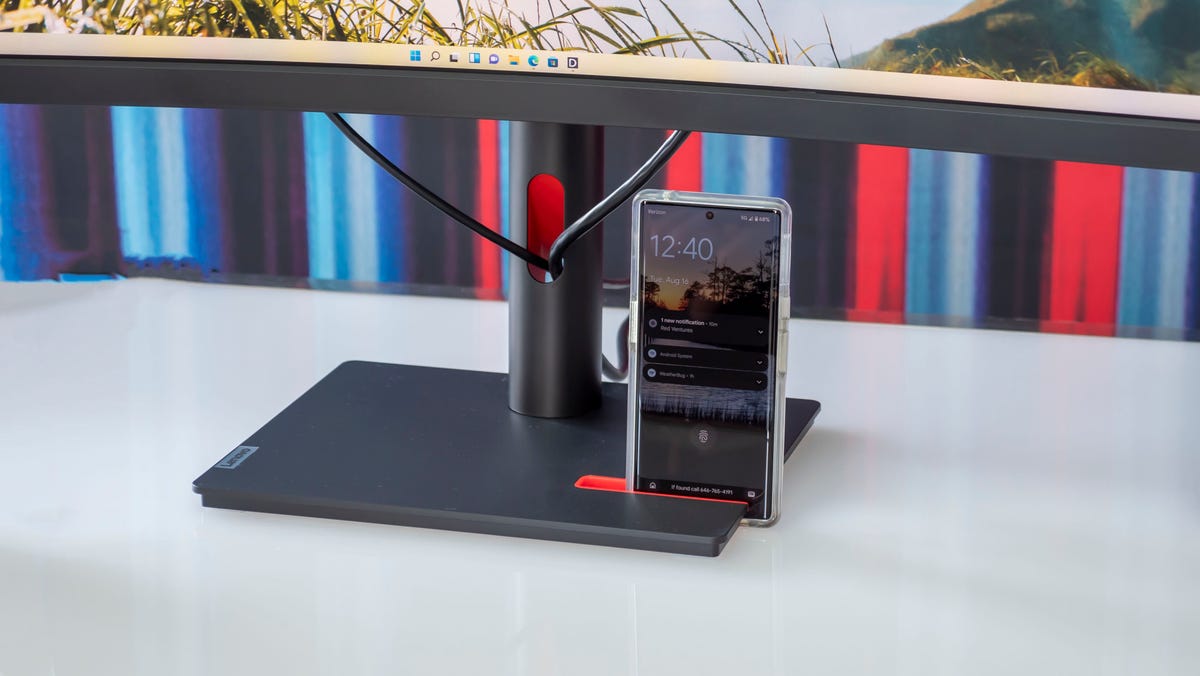
The new ThinkVision stand's base has a notch for propping up your phone.
Josh Goldman/CNETLegion, ThinkVision monitors
Lenovo usually saves its more interesting monitor launches for CES, so it's unsurprising that these feel like somewhat rote updates. There's a new 32-inch Legion 4K, 144Hz gaming monitor, as well as its commercial ThinkVision models in sizes from 24 to 34 inches. However, Lenovo has also introduced a new stand in the latter, which has a clever notch that you can slide your phone into to prop it upright. The ThinkVisions are all expected to ship in January.
- Legion Y32p-30 gaming monitor, 32 inches, ships in December and starts at $750
- ThinkVision T32p-30, 32 inches, 4K, $899
- ThinkVision T34w-30, 34-inch curved, WQHD, $849
- ThinkVision S25e-30, 25 inches, FHD, $179
- ThinkVision T32h-30, 32 inches, QHD, $549
- ThinkVision T24i-30, 24 inches, FHD, $299
Source

